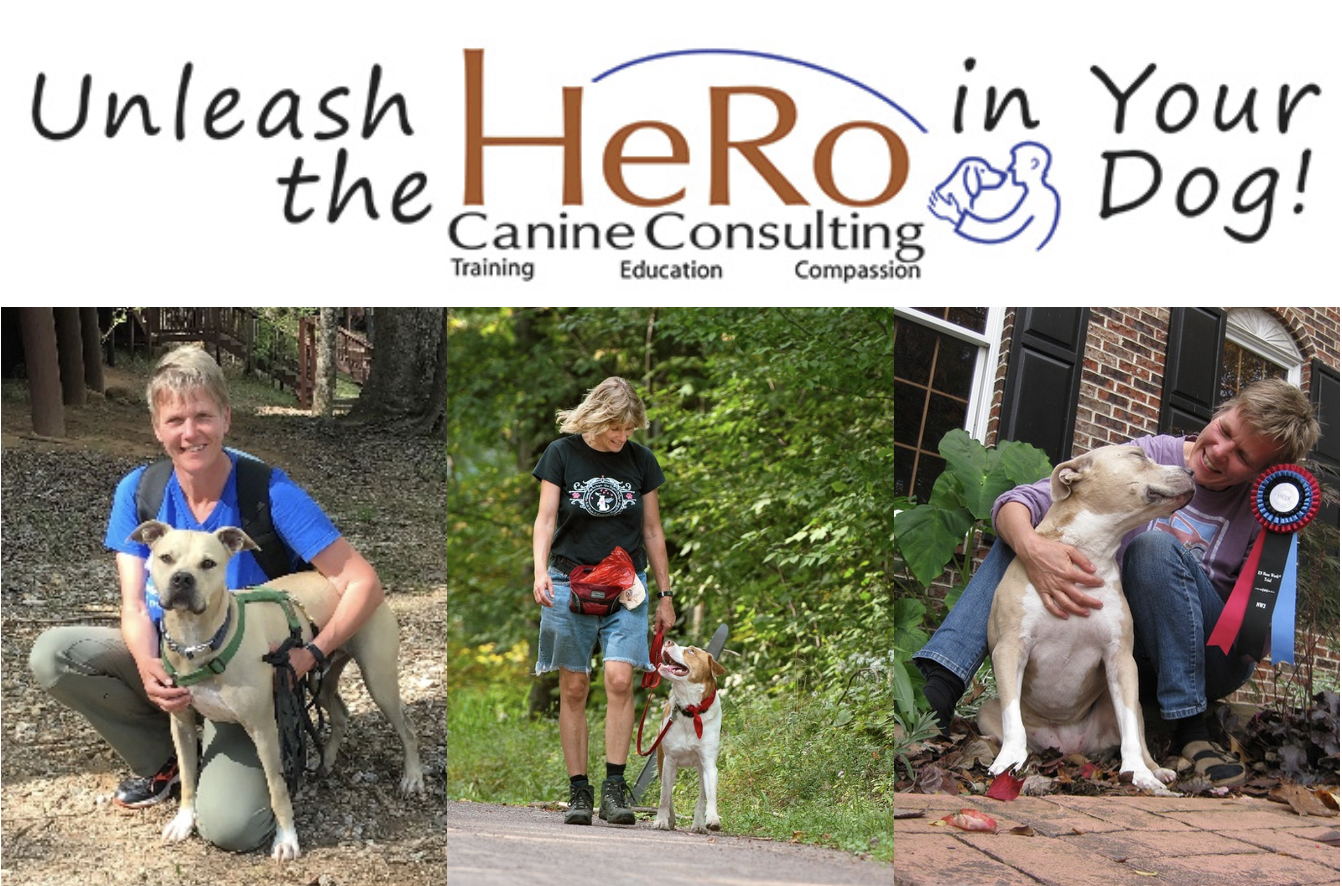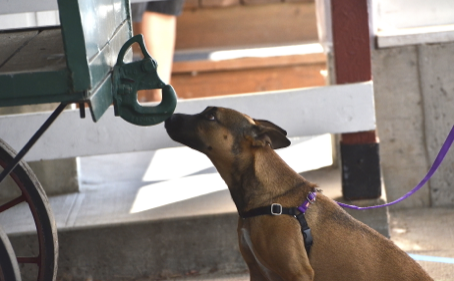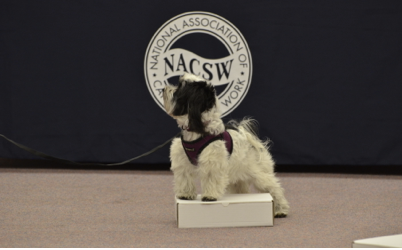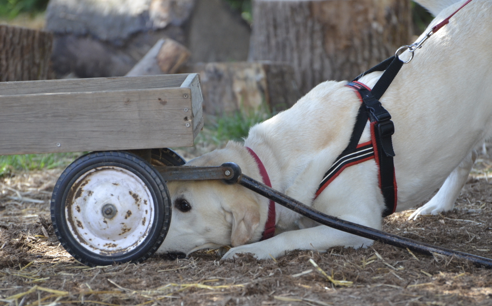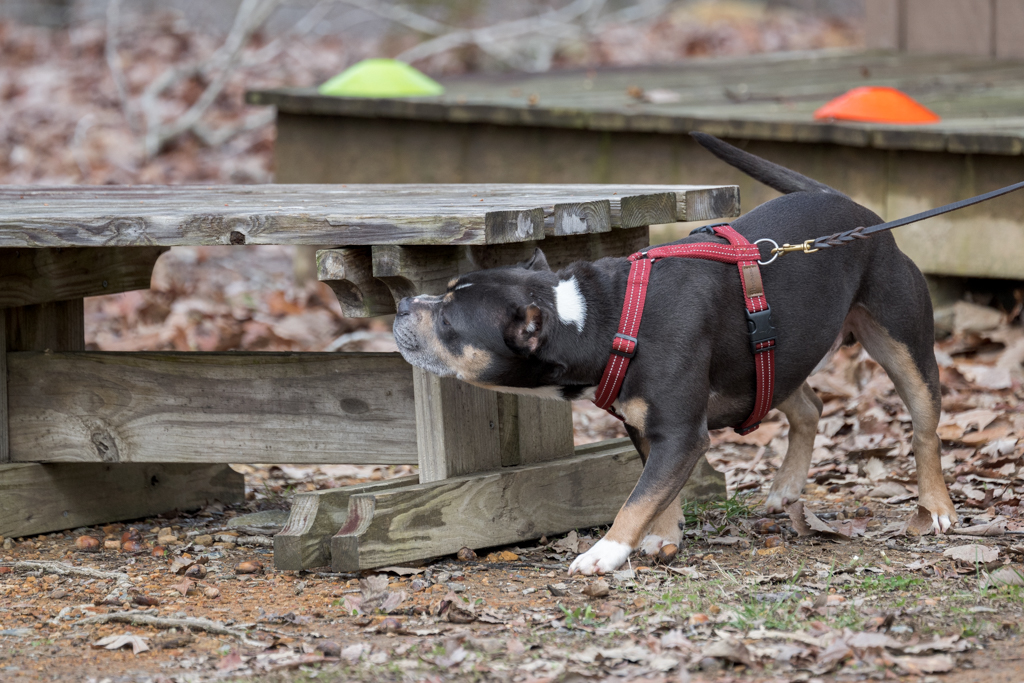Welcome to the exciting world of HeRo Canine Consulting – where K9 Nose Work® and Mental Management® meet.
Simple, effective, flexible and proven solutions for you and your dog!
We provide the following:
- Coaching provided by experienced Certified Nose Work Instructor (CNWISM), NACSW-approved Supervising Certifying Official and Trial Judge, Mental Management Certified Coach (level II)
- K9 Nose Work® skill building for you and your dog
- “Improve your mental game” with Mental Management®
- Flexible service schedule to meet your goals
- Methods that are easy to implement and highly effective
- Solution-based approach
- In-person or online support
At HeRo, we are all about you and your dog!
WHY CHOOSE HeRo?
Do you want the highest-quality and most up-to-date coaching for you and your dog? Do you want to work with an experienced and qualified professional instructor, presenter and high-in-trial competitor? Find out more about Silke here. Click here to read more.

Do you have any questions about our services?
Testimonials
Hi! My name is Sophie! The lady-who-loves-me-and-feeds-me (you humans call her Betsy) is always looking for things to do and ways to keep me busy. A year ago someone suggested this thing called K9 Nose Work®. We found a place in Bloomsburg called HeRo Canine Consulting run by a very nice lady named Silke! She convinced Betsy to just let me be a dog and use my nose the way it was intended to be used!! How much fun is this!!! I get to sniff out food and odor, and Silke is teaching Betsy how to stay out of my way – until I might need her! It’s the BEST!! You should really give it a try. Your dog will thank you and you’ll have a great time – Betsy and I sure do!!
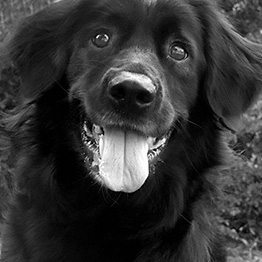
As my introduction to Canine NoseWork, Silke has been marvelous! She is able to combine a wealth of knowledge about dogs, an understanding of canine scenting skills, and a natural ability to teach humans with an approachable, friendly manner to create classes that are both enjoyable (for dogs AND humans) and productive.
Edy and I look forward to every class–I only wish we lived closer than over an hour away!
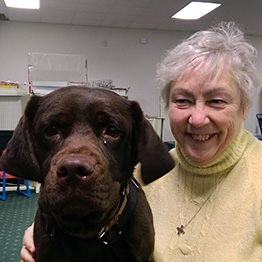
HeRo Canine Consulting LLC
K9 Nose Work® privates, group classes, small group coaching clinics, seminars/webinars and video review by Certified Nose Work Instructor (CNWI)
COing and Judging for NACSW trials
Mental Management Coaching by Certified Mental Management Coach
This content isn't available right now
When this happens, it's usually because the owner only shared it with a small group of people, changed who can see it or it's been deleted.www.patreon.com
Get more from Where K9 Nose Work® and Mental Management® Meet on PatreonFun: Build your own "scent wall" | Where K9 Nose Work® and Mental Management® Meet
www.patreon.com
Get more from Where K9 Nose Work® and Mental Management® Meet on Patreonwww.patreon.com
Get more from Where K9 Nose Work® and Mental Management® Meet on Patreon
